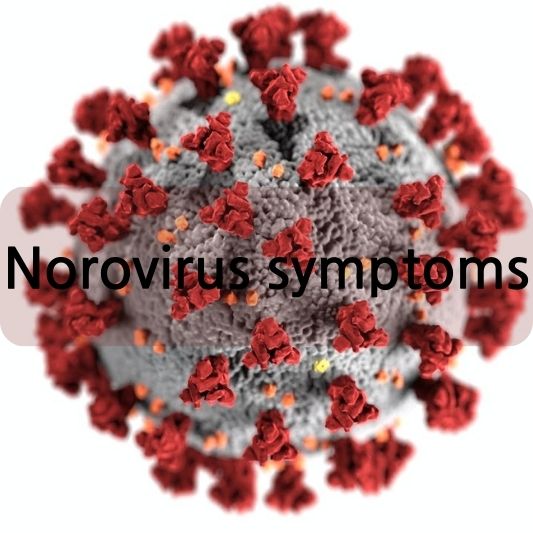Introduction to Norovirus
Norovirus, often termed the “stomach bug,” is a highly contagious virus causing gastroenteritis in individuals across all age groups worldwide.

Understanding Norovirus Infection
The Nature of Norovirus
Norovirus, belonging to the Caliciviridae family, manifests primarily in the digestive system, leading to inflammation in the stomach and intestines.
Modes of Transmission
The virus spreads through contaminated food, water, surfaces, and close contact with infected individuals, making it easily transmissible within communities.
Common Symptoms of Norovirus Infection
Gastrointestinal Symptoms
Norovirus infection typically induces symptoms like nausea, vomiting, diarrhea, and stomach cramping, causing distress for a few days.
Associated Complications
In severe cases, dehydration due to fluid loss and electrolyte imbalance can occur, especially among infants, older adults, and immunocompromised individuals.
High-Risk Groups and Vulnerability
Certain populations, such as those in healthcare settings, cruise ships, and crowded environments, face a higher risk of contracting and spreading the virus.
Preventive Measures Against Norovirus
Personal Hygiene Practices
Frequent handwashing with soap and water, especially before eating and after using the restroom, significantly reduces the risk of infection.
Environmental Sanitization
Disinfecting commonly touched surfaces and objects helps curb the spread of the virus in shared spaces.
Food Safety Protocols
Strict adherence to food safety guidelines, including proper cooking, storage, and hygiene during food preparation, minimizes the risk of contamination.
Effective Treatment and Recovery
Managing Symptoms
Rest, hydration, and maintaining electrolyte balance are crucial in easing symptoms and facilitating recovery.
Seeking Medical Attention
Severe cases or prolonged symptoms warrant medical consultation to manage dehydration and complications effectively.
Public Awareness and Education Initiatives
Educating communities about preventive measures and early recognition of symptoms plays a pivotal role in minimizing outbreaks.
Global Impact of Norovirus
The virus poses a significant global health burden, impacting both developed and developing nations, leading to substantial economic implications.
Research and Innovations in Combatting Norovirus Continuous research efforts focus on developing vaccines, improving diagnostics, and understanding the virus’s genetic diversity to enhance prevention and treatment strategies.
Conclusion
Norovirus remains a prevalent and concerning public health issue, emphasizing the importance of stringent preventive measures, awareness campaigns, and ongoing research initiatives to mitigate its impact on communities worldwide.
FAQs
Can norovirus be transmitted through the air?
Norovirus is primarily spread through contaminated surfaces, food, and direct contact with infected individuals. Airborne transmission is not a typical route for this virus.
What are the most effective ways to prevent norovirus in a household setting?
Maintaining strict hygiene practices, especially handwashing, sanitizing surfaces, and ensuring food safety, greatly reduces the risk of norovirus transmission within a household.
Is there a specific season when norovirus outbreaks are more common?
Norovirus outbreaks can happen at any time of the year. However, they are slightly more prevalent during the winter months.
Are there long-term complications associated with norovirus infection?
In most cases, norovirus resolves without long-term complications. However, severe dehydration can lead to more extended recovery periods, especially in vulnerable populations.
What should I do if I suspect I’ve been exposed to norovirus?
If you suspect exposure or experience symptoms, focus on rest, hydration, and practicing good hygiene. Seek medical attention if symptoms worsen or persist.
Find out the price of nutritional supplements to help your immune system on iHerb!
